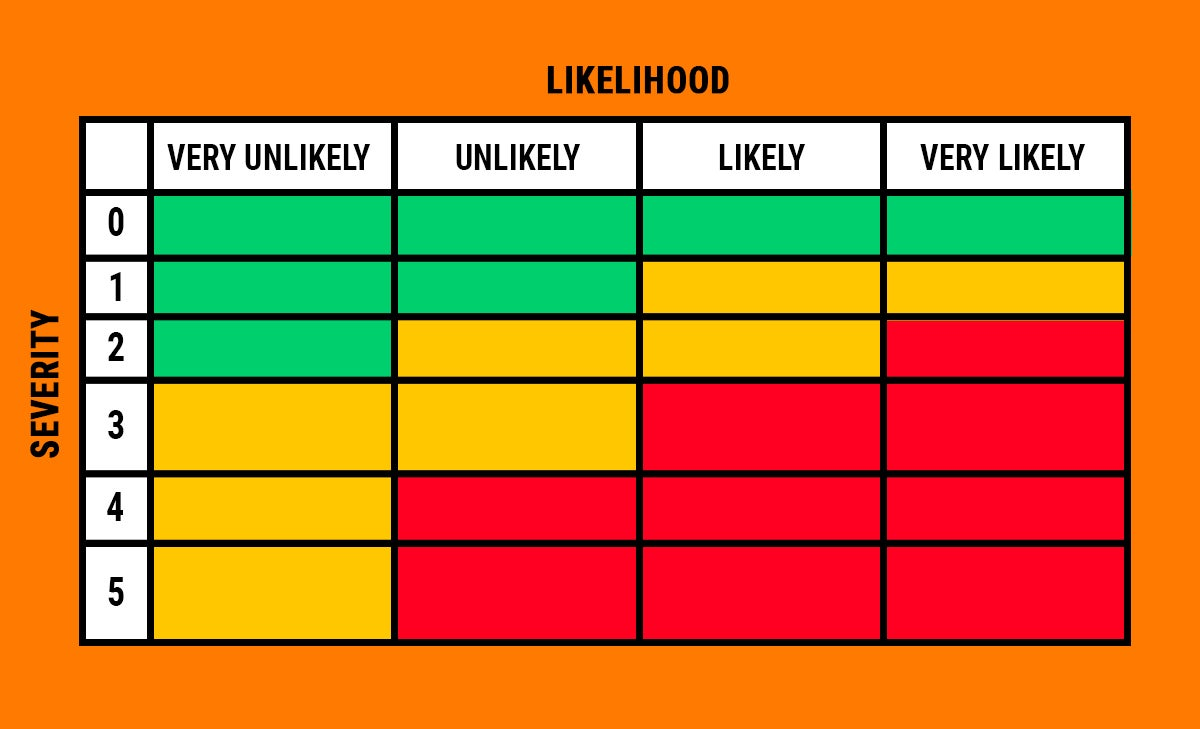Is It Safe to Take My Kids to a Protest?
Let's weigh the risks and rewards — from public health to family values and the safety of taking your kid to a protest.
For months now, protesters have spoken out against systemic racism towards Black people, sparked by cries of justice for George Floyd. Though the protests never disappeared completely, they gained new strength after the Louisville police officers involved in the killing of Breonna Taylor were absolved of guilt by grand jury. You’ve talked to your kid about racism, and they want to do something about it. You want to do something about it too. So you consider a protest. But is it safe?
There’s a COVID-19 risk anytime you go into a public space — especially one with lots of people crowded together, even if it is outside. But that doesn’t mean you shouldn’t go. “What we can do are things to reduce the risk,” says William Schaffner, medical director of the National Foundation for Infectious Diseases. “You have to decide what your own personal risk tolerance is for yourself and for your family members.”
If you’re reading this, you probably support the social justice protests lighting this country right now and what they stand for. But even if you’ve taught your kid that racism and police brutality are wrong, you can send a message of complacency if you don’t do anything about it. Of course, some protests have turned violent, such as with police officers tear-gassing peaceful protests, which is especially dangerous for kids. Then there's the fact that we're in a pandemic. If you bring your kid, they should quarantine at home for two weeks afterwards, putting childcare out of the question and making your work life that much harder.
That’s a lot of risks to take into account. Let’s map them out.
Using a Risk Assessment Matrix to Make the Protest Decision
Often used by businesses and other organizations, risk assessment matrices help decision-makers consider the riskiness of a choice at a glance. When reading a matrix, first identify the choices you’re assessing — in this case, protesting or staying at home. Then, identify the potential consequences of those actions. Next, identify the factors that go into making those choices. The factors we will consider are public health, family safety, child development, and family values.
A risk matrix compares the severity of the potential consequences of a factor (from 0 to 5, or insignificant to catastrophic) to the likelihood of it happening. By putting those values into a color-coded table, you can get an immediate sense of the riskiness of a choice such as going to a protest.
For each choice, the four factors can fall into three different color categories: green, yellow, and red. Green means that the risk is low enough that you can make the choice without worry. Yellow means that you can go ahead with some precautions. If a factor falls in the red, be afraid. Stop and reduce risk before moving forward.
Different choices have different mixes of red, yellow, and green factors. No choice is perfect, but the “total score” for each choice can help you get a sense of the risk associated with it. That score is calculated by multiplying the severity of a factor’s consequences (0 to 5) by the likelihood of those consequences occurring, with Very Unlikely being 1 and Very Likely being 4. The higher the total score, the riskier the choice is.
The Four Factors
If you put the decision to go to a protest on a risk matrix, there are four factors to assess.
Public health: The risk that the action has on public health.
Protests have the potential to cause COVID-19 outbreaks, but data from June and July shows that in reality, they probably don’t increase case numbers.
Safety: The risk the action has on your child’s safety.
For example, police across the country are tear-gassing peaceful protesters.
Development: The risk the action has on delaying your child’s education and social/mental development.
For example, if your kid attends a protest, they should quarantine for two weeks afterwards. That means no playdates, school, or daycare.
Values: The risk the action has on your family’s moral values and the moral upbringing of your child.
For example, skipping out on protests without taking any other action signals to your kid that it’s unnecessary to speak up against injustice.
The Two Scenarios
Go to a Protest
Total Score = 15
A family that takes their child to a protest scores well with values — leading by example and following their conviction — but less so with health, especially if anyone in your household is at high risk for severe COVID-19.
To decrease your risk score and make your protesting safer, go in the middle of the day when the chances of clashes with police and counter-protestors are smaller.
Don’t Protest
Total Score = 15
To not protest is, in many ways, to miss a teaching moment in which a child sees people democratically expressing their values — of social justice and racial equity.
If anyone in your household is at high risk for severe COVID-19, take alternative actions, for example, by cooking meals for protesters or deciding as a family where to donate money.
The Bottom Line:
When we mapped these two scenarios, protesting and staying home had the same total risk score of 15. However, every family is in a unique situation, so the total scores listed above won’t perfectly reflect the risk of a choice for you.
To get a risk matrix for your own family, think about a potential consequence, for example, being teargassed for the “safety” factor. If the protests around you have been peaceful and haven’t included tear gas, this consequence is probably “Very Unlikely.” If you were to get teargassed, the consequences would be severe, so it may have a severity rating of “3” or “4.” Repeat this analysis for each factor.
For public health, your chance of getting and spreading COVID-19 at a protest is probably “Very Unlikely” or “Unlikely,” depending on where you live. If you’ll self-quarantine or limit exposure to others for two weeks before and after the protest, your severity score will be low because you will have little chance of causing an outbreak. If you send your kids to school and you go to the gym, your severity score will be higher.
Making the Decision
Now that you have a better sense of the risks, you can use this decision tree to get a personalized recommendation about whether you in particular should go to a protest. Because your family is unique, and you have unique needs. This decision-making tool is here to guide you.
Ready to go to a protest?
There are certain steps you should take to keep your family as safe as possible at a protest.
A Family Guide to Protest Safety:
Talk to your child beforehand about what will happen at the protest and why you’re going.
Pack water and snacks, tissues, hand sanitizer, identification, money, and first aid supplies.
Wear a mask.
Don’t wear contacts in case of tear gas. Do wear comfortable shoes, sunglasses, and a hat.
Go during the day.
Carry a sign instead of chanting to reduce the chance of transmitting the coronavirus.
Stay six feet away from others, even if that means staying on the edge of the protest.
Get out quick if the protest turns violent.
Plan for where to meet up if your family gets separated.
Arrange for two weeks of self-quarantine after the protest.
Know what to do if you or your child gets sick after the protest.




